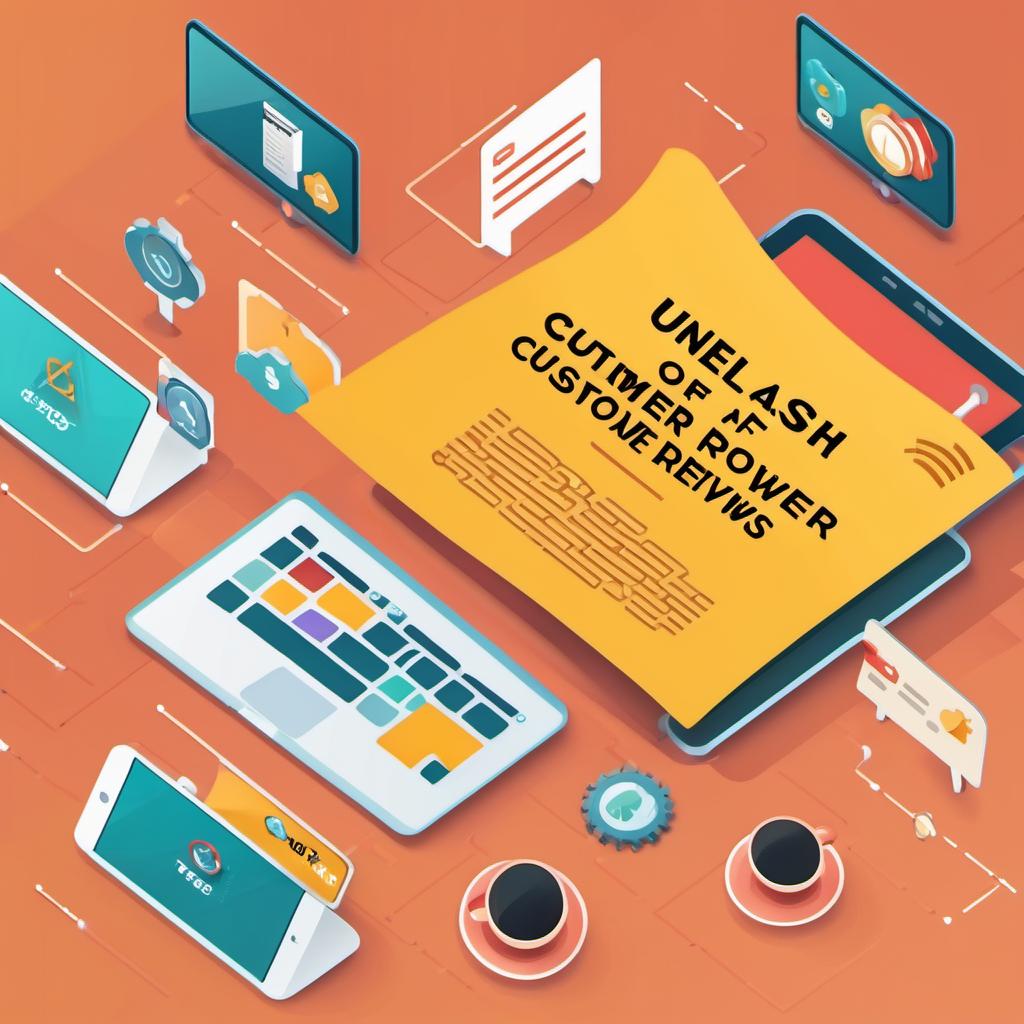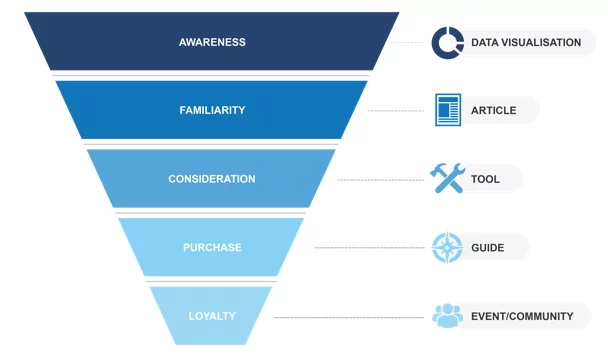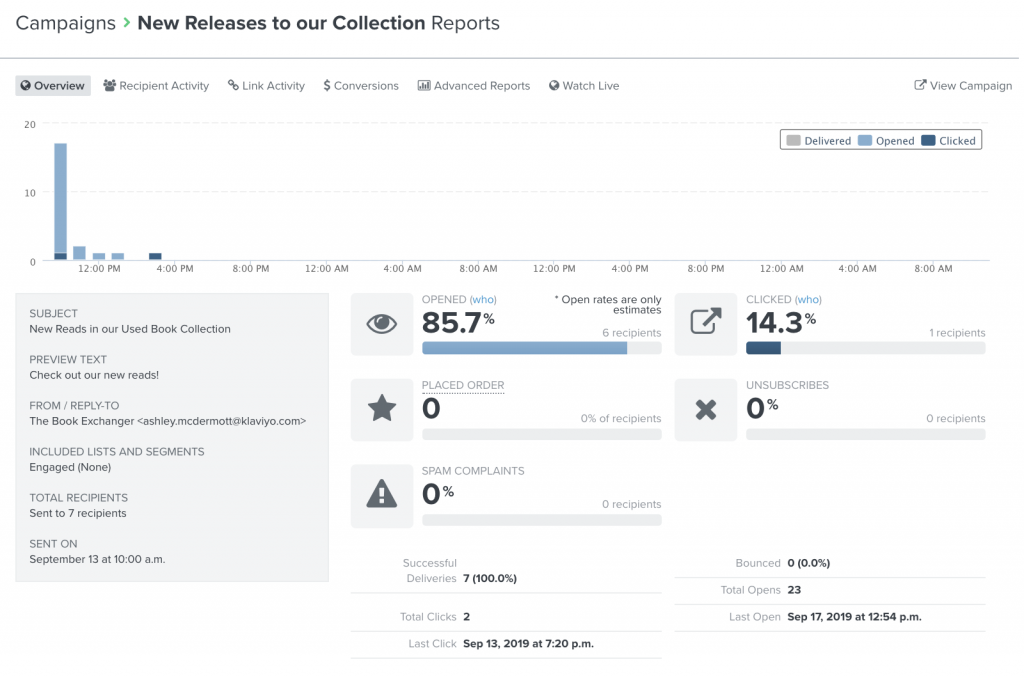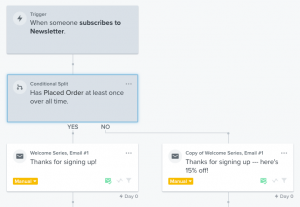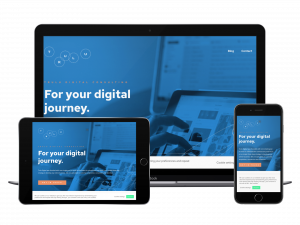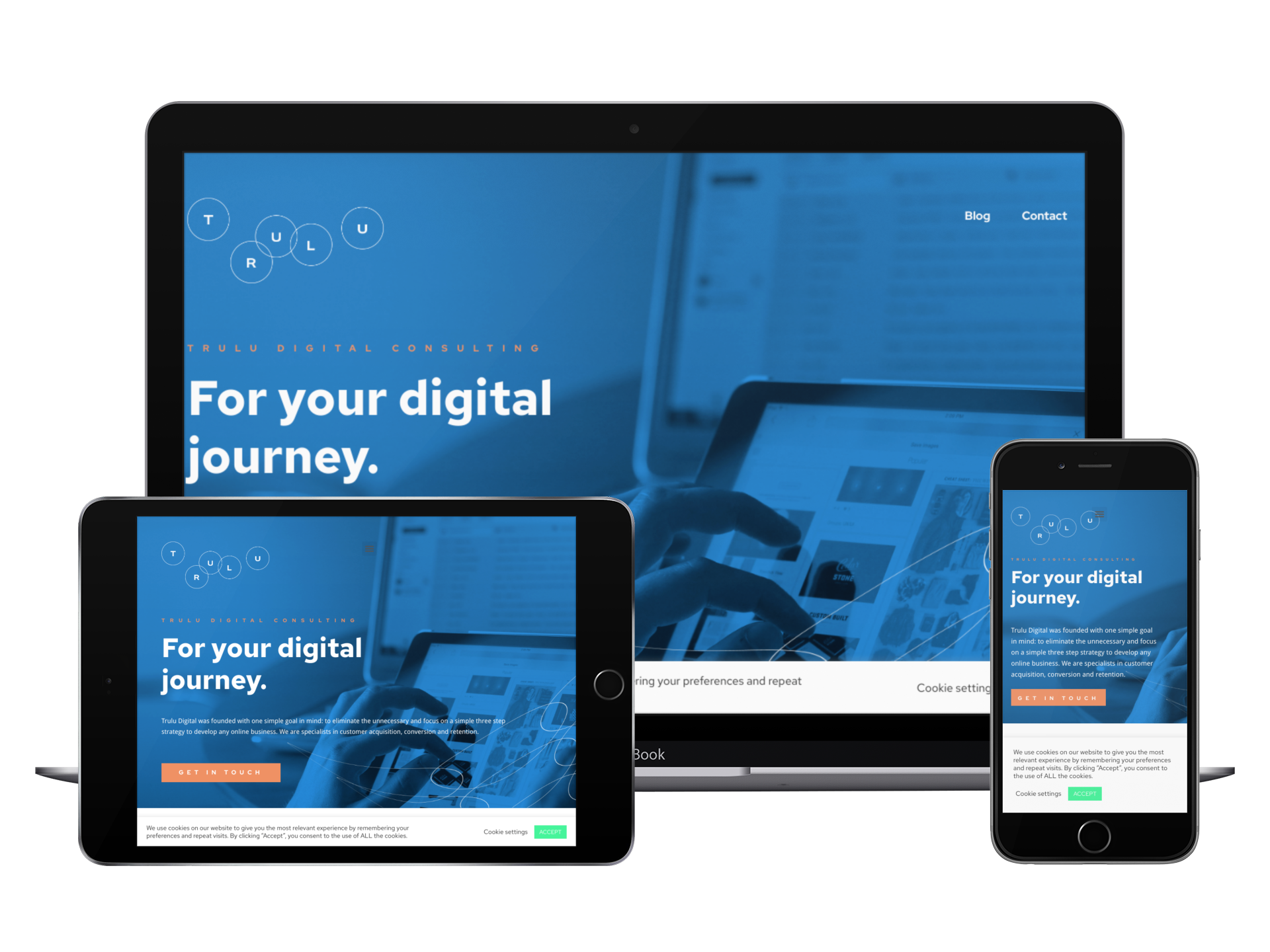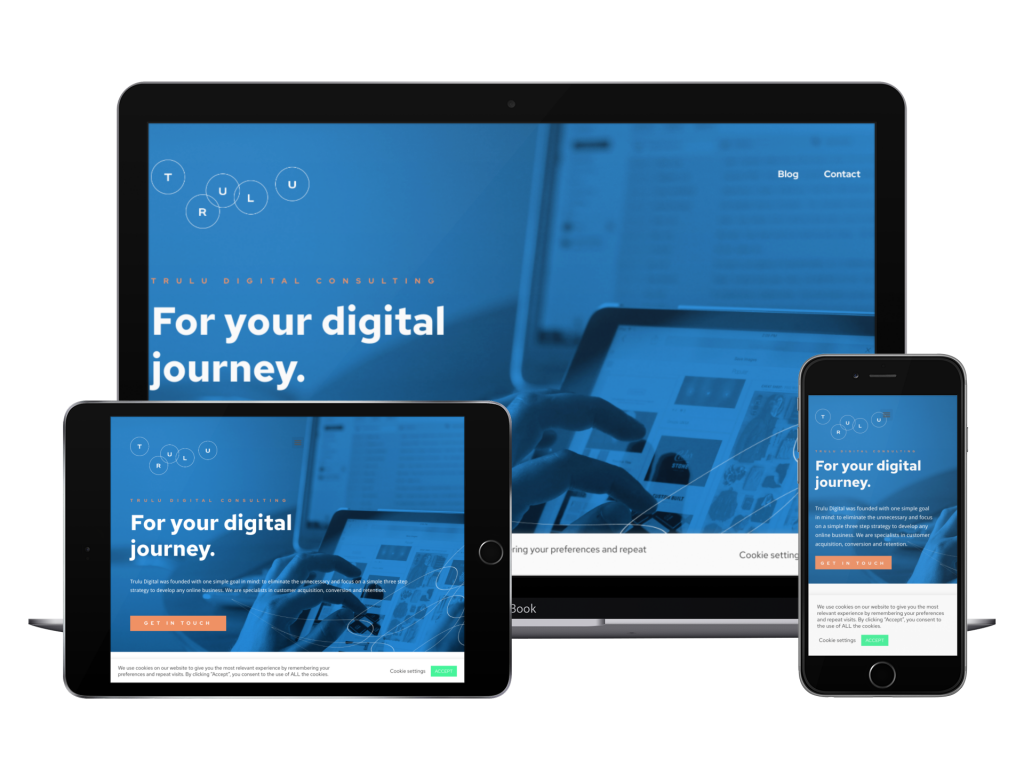10 Common Pain Points with Email Marketing & Potential Solutions:
These are just a few of the common pain points brands face with email and potential solutions. The specific strategies you implement will depend on your unique goals, audience, and resources. Don't hesitate to experiment and adjust your approach based on data and your specific context.

1. Low Open Rates:
- Pain Point: Emails get lost in cluttered inboxes, leading to poor open rates.
- Solutions: A/B test subject lines, personalize emails, segment your audience, send at optimal times.
2. High Unsubscribe Rates:
- Pain Point: Subscribers leave due to irrelevant content, too frequent emails, or poor user experience.
- Solutions: Offer valuable content, segment your audience, send based on user preferences, clean your email list regularly.

"Don't hesitate to experiment and adjust your approach based on data and your specific context."
3. Low Click-Through Rates (CTRs):
- Pain Point: Emails fail to entice recipients to click on links and engage with content.
- Solutions: Optimize calls to action (CTAs), personalize offers, use compelling visuals, write persuasive email copy.
4. Lack of Segmentation:
- Pain Point: Treating all subscribers the same leads to irrelevant emails and disengagement.
- Solutions: Segment your audience based on demographics, interests, purchase history, or website behavior.
5. Inconsistent Brand Voice:
- Pain Point: Lack of brand consistency can confuse and disconnect with recipients.
- Solutions: Develop clear brand guidelines and ensure all emails adhere to the tone, voice, and visual identity.
Integrate email marketing platform with CRM, analytics, social media tools, create consistent messaging across all channels.

“Optimize calls to action (CTAs), personalize offers, use compelling visuals, write persuasive email copy.”
6. Difficulty Measuring ROI:
- Pain Point: Tracking and analyzing email marketing performance can be complex and time-consuming.
- Solutions: Use email marketing software with comprehensive analytics tools, set clear goals and KPIs, track user behavior beyond clicks.
7. GDPR Compliance Challenges:
- Pain Point: Navigating and adhering to data privacy regulations like GDPR can be complex.
- Solutions: Seek legal advice for data collection and storage practices, obtain explicit consent from users, offer clear unsubscribe options.
8. Spam Filter Issues:
- Pain Point: Emails land in spam folders, reducing deliverability and engagement.
- Solutions: Avoid spammy keywords and practices, maintain good sender reputation, use email authentication protocols.
9. Limited Automation:
- Pain Point: Manual tasks like sending welcome emails or abandoned cart reminders are time-consuming.
- Solutions: Implement email marketing automation tools, create automated workflows for different scenarios, personalize automated emails.
10. Lack of Integration with Other Channels:
- Pain Point: Email exists in a silo, hindering a unified omnichannel marketing experience.
- Solutions: Integrate email marketing platform with CRM, analytics, social media tools, create consistent messaging across all channels.
You may also be interested in ...

Influence Social Media Success with Great UX
Are your social media channels offering a meaningful user experience? Good UX design for your social pages will convert fans into customers.

Empyreal Email Alchemy: Navigating the AI Odyssey in Marketing Missives
Discover the transformative power of AI in email marketing with our guide to empyreal email alchemy. Explore cutting-edge tools and strategies from Klaviyo and beyond for unparalleled personalization, automation, and insights.

10 Common Pain Points with Email Marketing & Potential Solutions:
These are just a few of the common pain points brands face with email and potential solutions. The specific strategies you implement will depend on your unique goals, audience, and resources. Don’t hesitate to experiment and adjust your approach based on data and your specific context.





